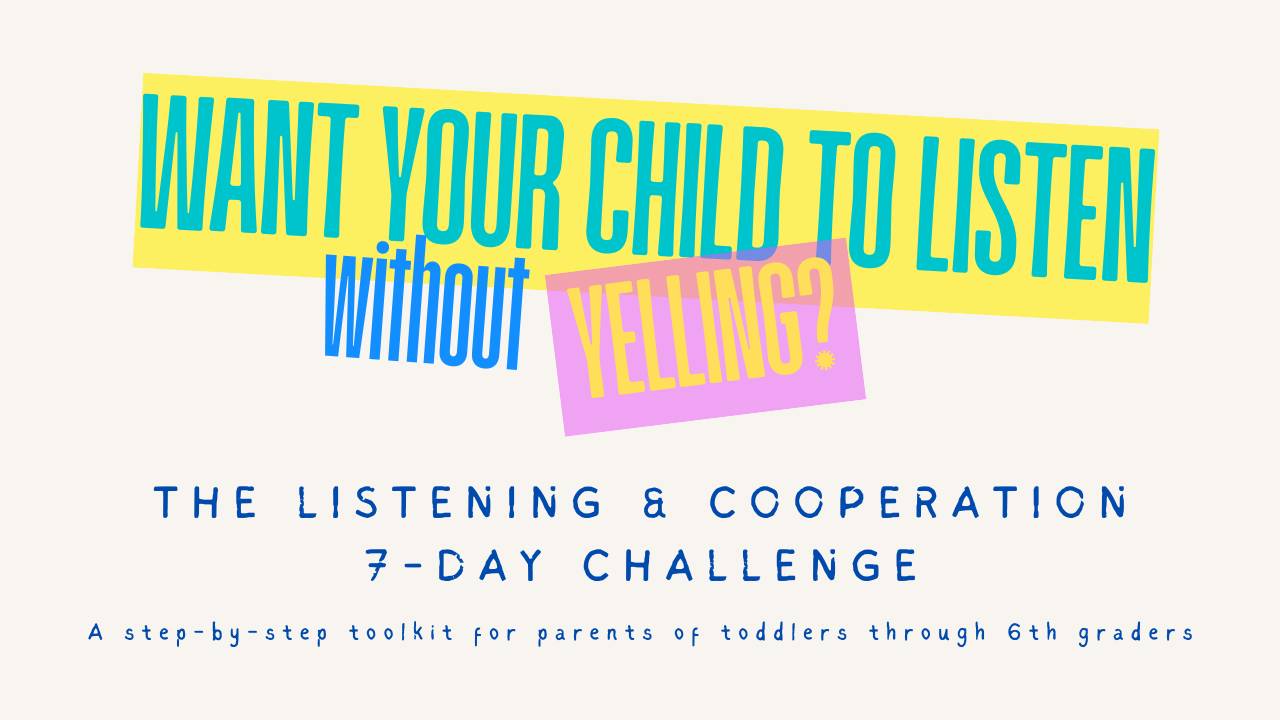A Positive Reinforcement Guide for Teaching New Skills to Young Children
Feb 13, 2024
Below is a step-by-step guide for parents and teachers, highlighting how positive reinforcement can be a powerful tool in fostering skill development in young children.
Step 1: Choose the Skill Wisely
Identify a skill that is age-appropriate and aligns with the child's developmental stage. Whether it's tying shoelaces, sorting colors, or learning a new word, selecting the right skill is the foundation for a successful teaching experience.
Step 2: Break Down the Skill into Manageable Steps
Divide the skill into smaller, achievable steps. This approach ensures that the child can grasp and master each component, building confidence and creating a positive learning environment.
Step 3: Set Clear Expectations
Clearly communicate the expectations associated with each step. Children thrive in environments where expectations are transparent and consistent. Use simple language and visual aids to enhance understanding.
Step 4: Demonstrate and Model
Show the child how to perform each step. Be a positive role model, emphasizing the correct way to execute the skill. Children often learn through observation, and your demonstration sets the tone for their learning experience.
Step 5: Encourage and Support
During the child's attempts, provide continuous encouragement and support. Celebrate their efforts, regardless of the outcome. Positive reinforcement involves recognizing and reinforcing the process, not just the final result.
Step 6: Use Specific and Timely Reinforcement
When the child successfully completes a step or the entire skill, offer specific and timely reinforcement. Praise and even tangible rewards can be powerful motivators. The key is to make the reinforcement directly linked to the achievement.
Step 7: Gradual Fading of Reinforcement
As the child becomes more proficient in the skill, gradually fade out the tangible reinforcements. Shift towards verbal praise and acknowledgment while still maintaining a positive and supportive tone. This helps foster independence.
Step 8: Generalize the Skill
Encourage the child to apply the newly acquired skill in various contexts. Generalization enhances the transferability of the skill to different situations, making it a more integrated part of their repertoire.
Step 9: Celebrate Success and Growth
Celebrate not only the mastery of the skill but also the growth and effort the child has invested. Positive reinforcement extends beyond the completion of a task; it encompasses the entire learning process.
Teaching new skills to young children becomes a joyous and empowering experience when guided by positive reinforcement. By choosing the right skill, breaking it down into manageable steps, and celebrating every effort with encouragement and behavior-specific praise and tangible reinforcement, parents and teachers can create an environment where children thrive and develop a love for learning. Embrace the journey of growth, celebrate successes, and watch your child blossom into a confident and capable learner.
UNLOCK YOUR FREE TOOLKIT NOW: ENHANCE YOUR CHILD'S PLAY & LANGUAGE SKILLS TODAY!
Simply enter your email address to get instant access.


